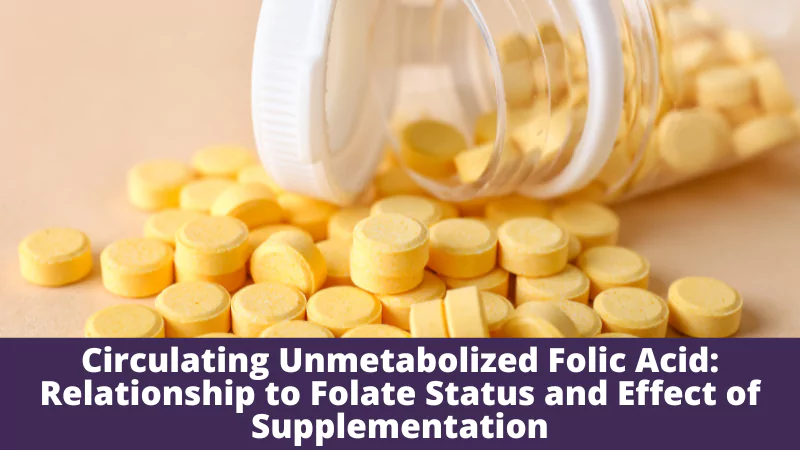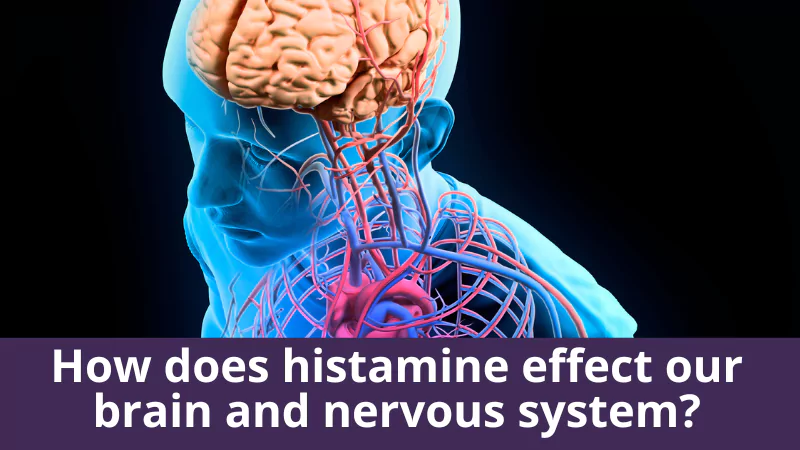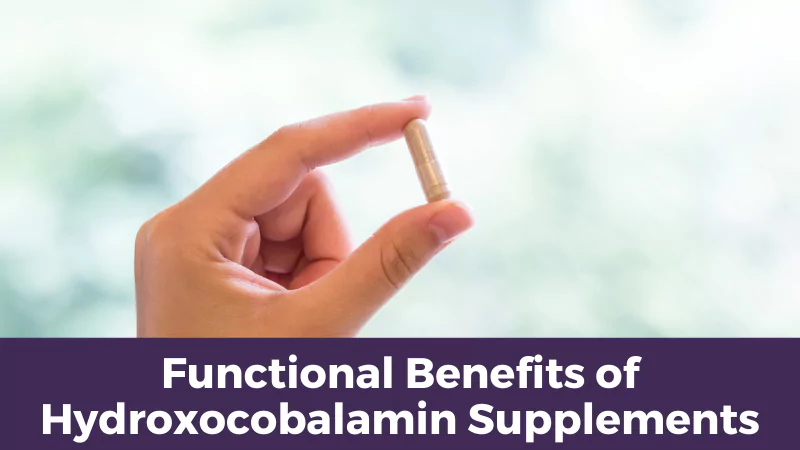Have you ever seen copper-free multi-vitamins or read about the zinc to copper ratio and wondered if you need more or less copper to support health? Copper is an element that is often misunderstood and as a result, commonly avoided. It is valuable to recognize the role that copper plays in our bodies so we can identify when there is too much or too little in the system.
The following are functions that this essential element supports:
- Copper and iron are necessary for the creation of red blood cells
- Copper helps maintain healthy bones, blood vessels, nerves and immune function
- It contributes to iron absorption
- Sufficient levels in diet may help prevent cardiovascular disease and osteoporosis
- Almost all antioxidant enzymes are copper-dependent
- Heme protein and hemoglobin rely on copper
- Copper activates oxygen and is involved in creating energy in the mitochondria
- It is necessary for biosynthesis of neurotransmitters; copper begins the process of converting tyrosine into dopamine, then to norepinephrine and epinephrine, tryptophan into serotonin and then to melatonin
- Copper is needed to metabolize iron and properly use it in the body; if there isn’t enough bioavailable copper in the body, iron will be low functioning, leading to low magnesium, low ceruloplasmin, low serum iron, low ferritin and an increase in oxidative stress
The tricky part about copper is that it must be balanced with zinc in order to support optimal function.
This balance is dependent on many factors, including: proper acquisition of both nutrients; coordinated import and export; and adequate distribution; and proper usage. Copper also has a very strong influence on iron, so symptoms of copper imbalance can be misconstrued as iron issues.
Low Copper
If there is a copper deficiency, symptoms can include:
- Fatigue
- Anemia
- General feeling of sickness, frequent sickness
- Brittle bones
- Poor memory and concentration
- Difficulty walking
- Constant chills or heightened cold sensitivity
- Pale skin/hypopigmentation
- Graying hair
- Vision problems
Some of the potential causes of low copper are:
- Stomach or small intestine issues
- Zinc supplements that crowd out copper
- Poor dietary intake (the RDA is 2-3mg)
- Inadequate Vitamin A
- Genetic variants that result in poor transport or utilization of copper
- High intake of Ascorbic acid is suspected of breaking copper from ceruloplasmin, which would result in lower bioavailable copper
Elevated Copper
When copper isn’t carried by ceruloplasmin and used by the body, it remains as free copper which can promote oxidative stress and reactive oxygen species (ROS). This has redox potential and is able to inactivate cellular proteins by directly binding to cysteine residues, which can affect other cellular functions.
If sources of copper are too high and zinc too low, copper toxicity can occur.
With copper toxicity, symptoms can include:
- Headaches
- Fever
- Passing out
- Feeling sick
- Vomiting
- Diarrhea
- Black stool
- Abdominal cramps
- Brown rings in the iris of the eyes (Kayser-Fleisher rings)
- Yellowing of eyes and skin
- Anxiety, irritability
- Poor attention
- Overexcited/overwhelmed
- Sad or depressed
- Sudden mood changes
- Long-term copper toxicity can cause kidney condition, liver damage or failure, heart failure, or brain damage
Some of the causes of copper toxicity can include:
- High copper content in water supply
- Rusting copper dishes
- Copper drinkware
- Copper utensils or dishes
- High copper supplementation and little or no zinc
- Genetic variants
A Quick Overview of Copper in Our Bodies
Copper enters the system as food (organ meats, oysters, shellfish, whole grains, beans, nuts, dark leafy greens, potatoes, whole food Vitamin C), water and supplements. The stomach and small intestine absorb the copper, distributing it into the plasma. More than 95% of the copper in plasma joins with apoceruloplasmin to create ceruloplasmin. When in ceruloplasmin, copper gives and takes electrons with substrates including iron, oxygen and iron-binding proteins, assisting iron metabolism; cellular respiration; ATP production; cellular detoxification (SOD); conversion of dopamine to noradrenaline and then adrenaline; catalyze melanin; crosslink collagen; and heme synthesis. Copper is also needed for the rejuvenation of aged ceruloplasmin.
Where Things Can Go Wrong with Copper
Some of the factors that may interfere with copper uptake are:
- Low dietary copper
- Excessive zinc intake
- High Ascorbic acid supplementation
- Impaired gut function
- Low Vitamin A
- Low Calcium
There are also genetic variants that can interfere with the efficiency of copper in the system, including ATOX1, MT, DCYTB, ATP7A, SLC1A1 and others.
You can learn more about the copper pathway and the genes involved by joining us in the Institute Learning here.
ATOX1 supports one of many proteins that bind to copper in cytoplasm, protecting cells from harmful effects. When there is too much copper or there is dysfunction in the gene, there are not enough protective proteins and the copper ions become oxygen radicals.
MT and MTT2 are both Metallothionein genes and are involved in metabolism of copper and zinc.
DCYTB enhances dietary non-heme iron absorption and acts as intestinal copper reductase that helps augment diary copper absorption.
ATP7A - Facilitates absorption of copper through stomach and small intestine, moves it into enterocytes and into the blood.
SLC1A1 and SLC31A2 are both solute carriers of copper.
CTR1 transports copper into liver/hepatocytes.
ATP7B enables copper to enter and exit cells.
BCMO1 produces an enzyme that supports the conversion of beta carotene to bioavailable Vitamin A (retinol). Without proper function of this gene, there may be inadequate Vitamin A to support Copper absorption.
CP is responsible for ceruloplasmin biosynthesis, when CP is not functioning well, it can reduce blood ceruloplasmin and contribute to poor copper metabolism.
SOD1 produces superoxide dismutase which helps keep cells safe from reactive oxygen and is Copper and Zinc dependent.
CUP1 binds copper and mediates resistance to high concentrations of copper and cadmium.
CRS5 encodes a metallothionein found to increase cellular sensitivity to copper and critical role in copper homeostasis and detoxification.
MTF1 is a protein encoding gene involved in copper (and other metal) homeostasis.









